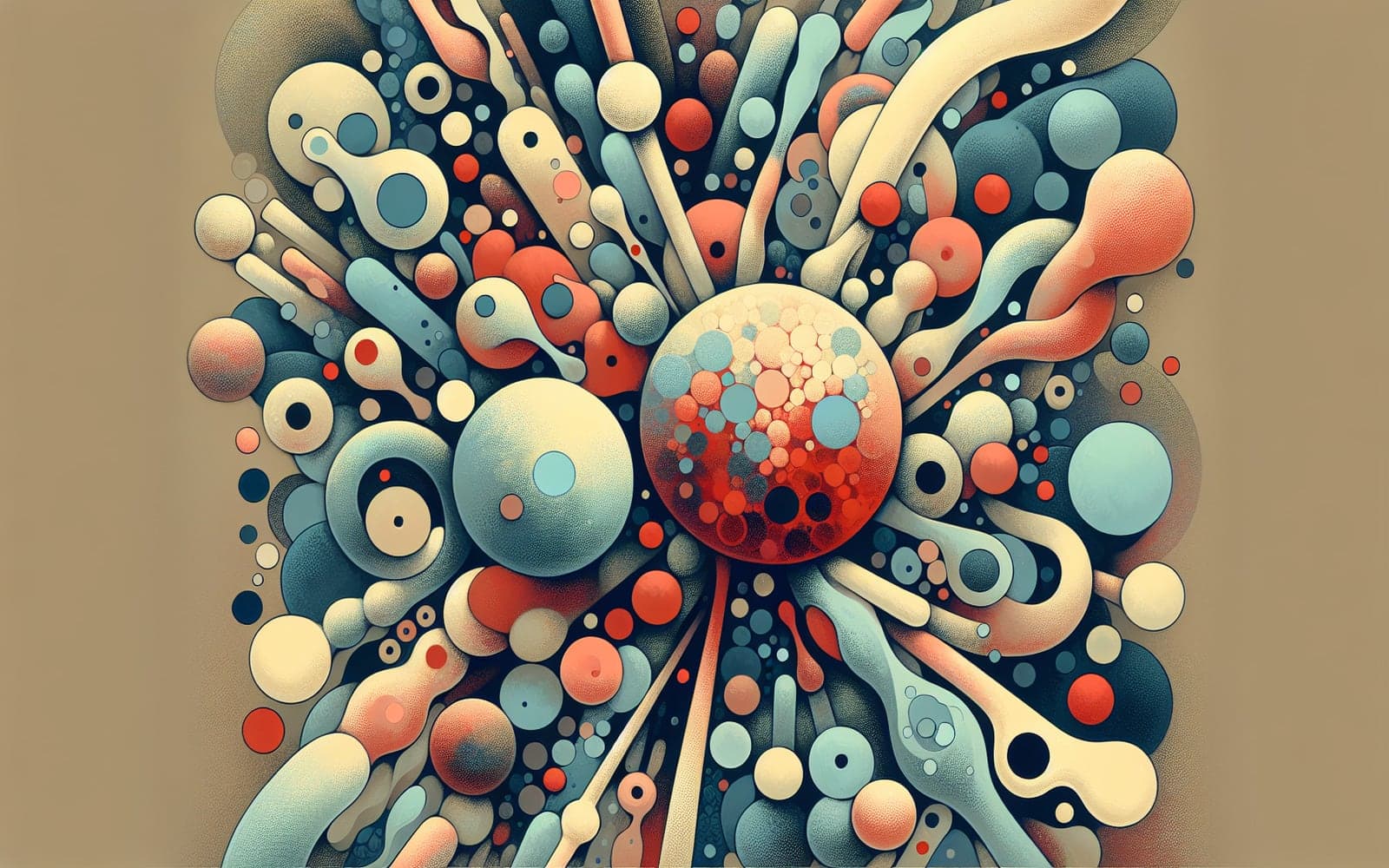Contents
-
Genetic Links
-
Environmental Factors
-
Preventive Measures
Is Your Family History Putting You at Risk for Waldenström Macroglobulinemia?
Is Your Family History Putting You at Risk for Waldenström Macroglobulinemia?
Why It Matters
Family history can be a significant factor in developing Waldenström macroglobulinemia (WM), a rare blood cancer. Understanding these risks is crucial for early detection and management.
Contents
-
Genetic Links
-
Environmental Factors
-
Preventive Measures
Genetic Links
Studies show that first-degree relatives of WM patients have a higher risk of developing the condition. However, while the familial risk is elevated, the overall chance remains low. Genetic mutations, such as MYD88, play a role in disease development.
Environmental Factors
Apart from genetics, environmental exposures like farming chemicals may contribute to WM risk. Chronic immune stimulation and infections, such as hepatitis C, have also been linked to higher WM incidence.
Preventive Measures
Currently, no proven preventive strategies exist for WM. Regular health check-ups and awareness of symptoms in high-risk individuals can aid early diagnosis. Genetic counseling may be beneficial for those with a family history.
FAQs
Can WM be inherited?
Family history can increase WM risk, but most cases are sporadic.
What environmental factors contribute?
Exposure to farming chemicals and chronic infections may increase risk.
Are there preventive measures?
No proven preventive methods exist, but awareness and check-ups help.
Do genetics play a role?
Yes, mutations like MYD88 are associated with WM.
Wrapping Up
Understanding risk factors can lead to early diagnosis and better management of WM.
Additional References
-
Sud A, Chattopadhyay S, Thomsen H, et al. Analysis of 153 115 patients with hematological malignancies refines the spectrum of familial risk. Blood 2019; 134:960.
-
Royer RH, Koshiol J, Giambarresi TR, et al. Differential characteristics of Waldenström macroglobulinemia according to patterns of familial aggregation. Blood 2010; 115:4464.
This article has been reviewed for accuracy by one of the licensed medical doctors working for Doctronic.












